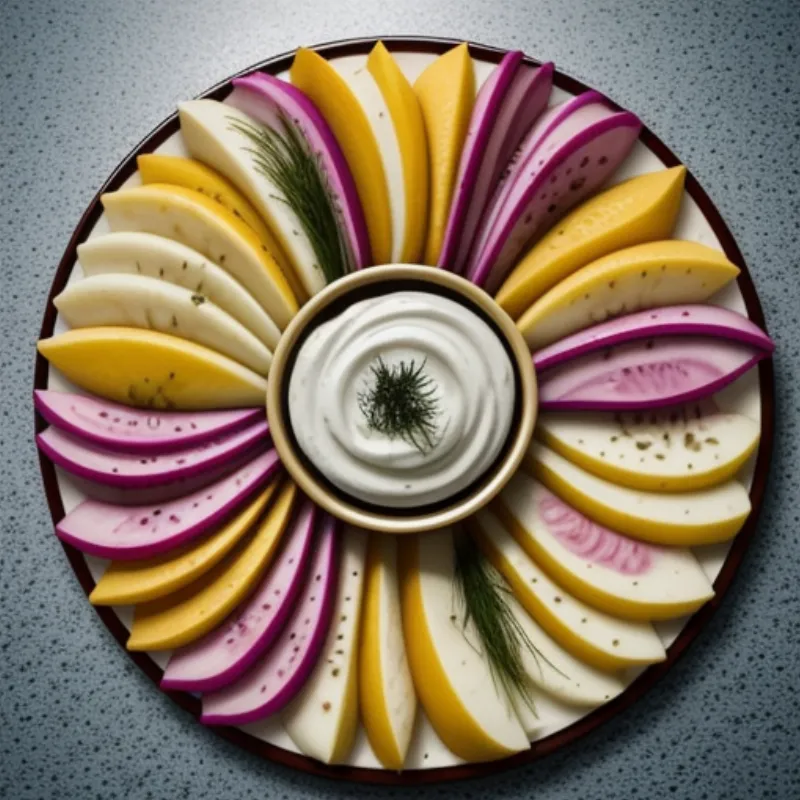Surströmming, the fermented Baltic herring with a pungent aroma, is not for the faint of heart. This Swedish delicacy, often considered an acquired taste, is a testament to the age-old tradition of preserving food. While the smell might initially seem intimidating, the flavor is a complex journey of saltiness, sourness, and a unique umami that has captivated adventurers and food enthusiasts for centuries.
If you’re ready to embark on a culinary adventure and experience a taste of Swedish history, then join us as we delve into the art of making surströmming at home. Be warned, this is not your average pickling project!
What is Surströmming?
Surströmming translates to “sour herring” in Swedish, which aptly describes this fermented fish. Baltic herring, caught just before spawning, are fermented for months in barrels, creating a unique flavor profile. Imagine a potent cheese, but with the ocean’s essence woven into it.
Gathering Your Supplies
Before you begin your surströmming journey, ensure you have the necessary tools and ingredients.
Ingredients:
- Fresh Baltic herring: The star of the show! Finding these can be tricky, but a good fishmonger or online supplier might hold the key.
- Salt: The cornerstone of fermentation. Use non-iodized salt for the best results.
- Water: Clean, filtered water is essential for the brine.
- Patience: This is a lengthy fermentation process, often taking several months.
Equipment:
- Fermentation Vessels: Traditionally, wooden barrels were used, but food-grade plastic buckets or glass jars work well for home fermentation.
- Weights: To keep the herring submerged in the brine, use fermentation weights or a plate with a heavy object on top.
- Airlocks: While not traditional, airlocks can help control the fermentation process and prevent unwanted bacteria from spoiling your batch.
 Fermented Herring in Jar
Fermented Herring in Jar
Crafting the Surströmming: A Step-by-Step Guide
While the process is relatively straightforward, it requires patience and attention to detail.
- Preparing the Herring: Clean the herring thoroughly, removing the guts but leaving the milt and roe intact. This contributes to the unique flavor of surströmming.
- The Brine: Dissolve salt in water to create a brine solution. The exact salt concentration can vary based on tradition and preference, but it’s typically around 10%.
- Fermentation Begins: Place the herring in your fermentation vessel and cover them completely with the brine. Add weights to keep the fish submerged.
- Time and Patience: Seal the container and allow the herring to ferment in a cool, dark place (ideally around 60°F) for at least six months. During this time, the herring will develop their characteristic strong aroma and flavor.
- Checking for Readiness: The surströmming is ready when the flesh has softened and taken on a slightly pink hue. Remember, the aroma will be pungent, so be prepared!
A Word of Caution and Some Serving Tips
Surströmming is typically enjoyed outdoors due to its strong aroma. Swedes traditionally serve it on thin, crispbread called “tunnbröd” with boiled potatoes, chopped red onion, and sometimes sour cream or dill. Some adventurous souls even enjoy it straight from the can!
Remember, while making surströmming at home can be a rewarding experience, it’s crucial to prioritize food safety. If you notice any signs of mold or off-putting smells (beyond the expected pungency), it’s best to discard the batch.
 Surströmming Platter
Surströmming Platter
Surströmming FAQs
Here are some answers to commonly asked questions about this unique delicacy:
- What does surströmming taste like? It’s difficult to describe, but imagine a very intense, salty, and fermented fish with a slightly acidic bite.
- Is it safe to eat? When prepared properly, surströmming is safe to eat. However, its high salt content means it should be consumed in moderation.
- Where can I buy surströmming? Specialty Scandinavian food stores or online retailers are your best bet.
A Taste of Tradition
Making your own surströmming is an adventure for the senses. It’s a journey into the heart of Swedish culinary tradition, a testament to the power of fermentation, and a chance to challenge your palate with a truly unique flavor experience. So, gather your courage, your ingredients, and embark on this exciting culinary exploration!
Have you ever tried surströmming? We’d love to hear your thoughts and experiences in the comments below! And be sure to check out our other fermentation adventures on Family Cuisine!
